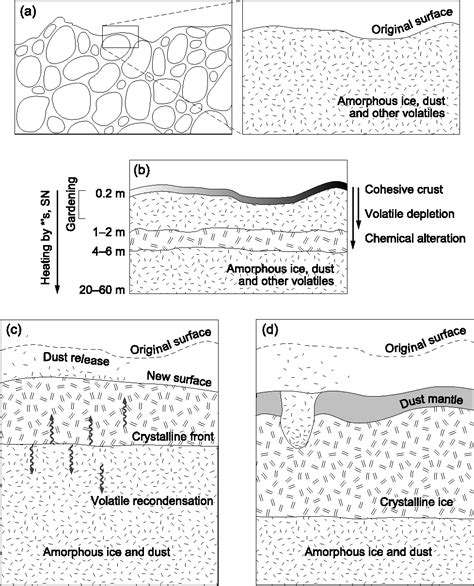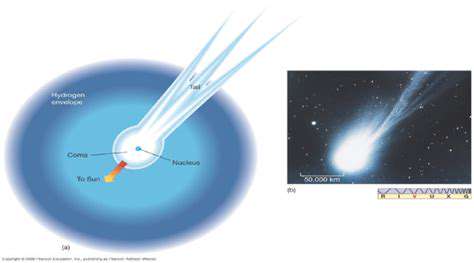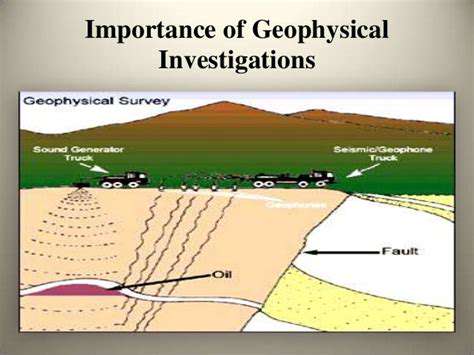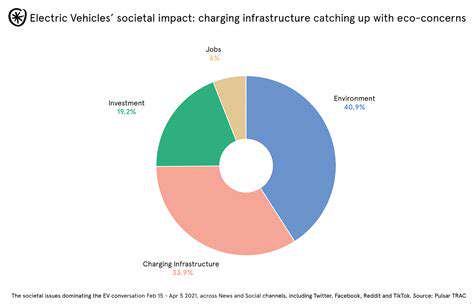Unveiling Comet 67P/Churyumov-Gerasimenko

Cometary Origins and Discovery
Comet 67P/Churyumov-Gerasimenko stands as one of the most intriguing objects in our solar system, offering a window into the distant past. Its peculiar characteristics reveal secrets about the chaotic environment that existed when planets first formed. When Klim Churyumov and Svetlana Gerasimenko first spotted this cosmic wanderer in 1969, they unknowingly opened a door to understanding our solar system's infancy.
This celestial traveler follows an elliptical orbit that brings it close enough to the Sun for detailed observation, yet distant enough to preserve ancient materials unchanged for billions of years. The comet's irregular path through space creates unique opportunities to examine how solar radiation and interstellar particles affect such primitive bodies over time.
The Rosetta Mission's Groundbreaking Work
ESA's Rosetta mission revolutionized our comprehension of comets through its intensive study of 67P. For over two years, the spacecraft maintained close proximity to the comet, capturing unprecedented details about its behavior and composition.
The mission achieved what many thought impossible - deploying the Philae lander onto the comet's uneven surface. This remarkable feat allowed direct analysis of materials that had remained virtually unchanged since the solar system's formation 4.6 billion years ago. The wealth of data collected continues to reshape theories about planetary formation and the origins of Earth's water.
A Comet's Unusual Architecture
67P's distinctive rubber duck shape, with two clearly defined lobes connected by a narrow neck, presents a puzzle for planetary scientists. This configuration suggests the comet formed through a gentle collision of two separate bodies early in the solar system's history.
Spectroscopic analysis detected an unexpected variety of organic compounds mixed with water ice and mineral grains. These complex molecules, including some that are essential for life as we know it, strongly imply that comets could have seeded early Earth with life's basic ingredients. The diversity of materials found challenges previous assumptions about comet composition.
Dynamic Surface Processes
The comet's surface shows remarkable variety, with smooth plains abruptly giving way to towering cliffs and deep pits. These features record billions of years of geological activity driven by solar heating and cosmic impacts.
As 67P approaches perihelion (its closest point to the Sun), the surface becomes dramatically active. Jets of gas and dust erupt from fractures, creating an ever-changing landscape. This vigorous activity provides a natural laboratory for studying how volatile substances behave in low-gravity environments. The resulting tail, stretching millions of kilometers, offers clues about the solar wind's interaction with cometary material.
Water and the Origins of Earth's Oceans
The discovery of water ice with a chemical fingerprint distinct from Earth's oceans initially surprised scientists. However, detailed analysis revealed that a significant portion of our planet's water could still have cometary origins, delivered during the heavy bombardment period early in Earth's history.
More intriguing are the complex organic molecules identified in 67P's coma. These include amino acid precursors and other compounds essential for life. While not proving comets directly seeded life on Earth, these findings demonstrate they carried all necessary ingredients to potentially kickstart biological processes.
The Science of Cometary Eruptions
Gas and dust emissions from 67P follow complex patterns tied to the comet's rotation and surface topography. These outbursts create temporary atmospheric halos that help researchers map subsurface structures.
By tracking how different substances vaporize at varying distances from the Sun, scientists can reconstruct the comet's internal layering. These observations reveal that comets preserve a stratified record of the protoplanetary disk's chemical gradients. Such data helps explain how raw materials became distributed throughout the young solar system.
Rewriting Solar System History
The Rosetta mission's findings have forced a reevaluation of how small bodies contributed to planetary formation. Rather than simple dirty snowballs, comets like 67P are now understood as complex time capsules preserving chemistry from before the planets existed.
67P's peculiar characteristics suggest that material moved extensively within the protoplanetary disk before becoming incorporated into comets. This challenges traditional models of a neatly organized, chemically stratified early solar system. The comet's composition implies much greater mixing occurred during planetary formation than previously believed.
Cometary Activity and Evolution

The Primordial Nature of Cometary Cores
Cometary nuclei represent frozen archives preserving material from the solar system's earliest moments. These icy bodies contain not just simple ices, but complex mixtures of frozen gases, organic macromolecules, and mineral grains. The particular combination of these components in 67P suggests it formed in the outer solar system where temperatures preserved volatile compounds. This makes comets different from asteroids that lost their ices through heating.
The discovery of abundant organic material, including complex polymers, provides tantalizing hints about chemical processes in the protoplanetary disk. Some molecules identified, like glycine (the simplest amino acid), show that prebiotic chemistry was already advanced before planets finished forming.
The Physics of Gas Release
Sublimation processes on 67P follow complex patterns dictated by surface topography and composition. Darker areas absorb more heat, activating first as the comet approaches the Sun, while reflective regions remain cold longer.
The resulting gas jets don't emerge uniformly but concentrate along fracture lines and weak spots in the nucleus. This selective outgassing can actually alter the comet's rotation over time through subtle jet propulsion effects. Such changes were directly observed during Rosetta's mission, providing the first clear evidence of this phenomenon.
Interpreting Dust Tail Patterns
Dust particles ejected from 67P show surprising diversity in size and composition. While most are microscopic, some reach millimeter scale - large enough to have resisted ejection from the nucleus during previous solar approaches.
The dust's mineral content tells a story of both high- and low-temperature formation environments. This mixture implies significant transportation of materials across the protoplanetary disk before their incorporation into the comet. Some grains appear identical to interstellar dust particles, suggesting they survived unchanged from before the solar system's formation.
Orbital Mechanics and Destiny
67P's current orbit results from complex gravitational interactions, primarily with Jupiter. The comet likely originated in the Kuiper Belt before being perturbed inward to its present path. Such orbital evolution explains why Jupiter-family comets like 67P have composition differences from Oort Cloud comets. Their journeys through the inner solar system subject them to more heating and evolutionary changes.
Current models suggest 67P may eventually be ejected from the solar system entirely or collide with a planet, continuing the dynamic process of solar system evolution that has occurred for billions of years.
Cosmic Impacts and Planetary Development
While 67P itself poses no impact threat, its study helps understand the role of cometary collisions in planetary history. The energy released during such impacts can dramatically alter planetary atmospheres and surfaces.
More subtly, the steady influx of cometary dust delivers organic materials and volatiles even without catastrophic collisions. This continuous cosmic rain may have been as important for establishing planetary environments as rare giant impacts. 67P's composition suggests comets could have supplied significant amounts of Earth's atmospheric gases over time.
The Future of Cometary Exploration
Rosetta's success has inspired new missions to other comets, each chosen for their unique characteristics. Future spacecraft will carry more advanced instruments to analyze surface and subsurface chemistry in greater detail.
The next frontier involves returning actual cometary samples to Earth laboratories. While remote sensing provides remarkable data, nothing compares to having pristine material available for ground-based analysis. Such missions could finally resolve long-standing questions about comets' role in delivering water and organics to early Earth.












